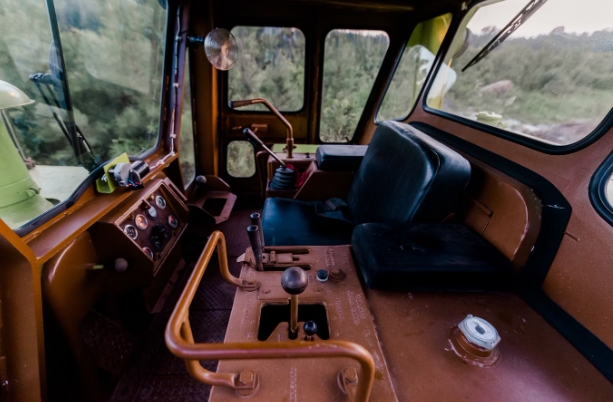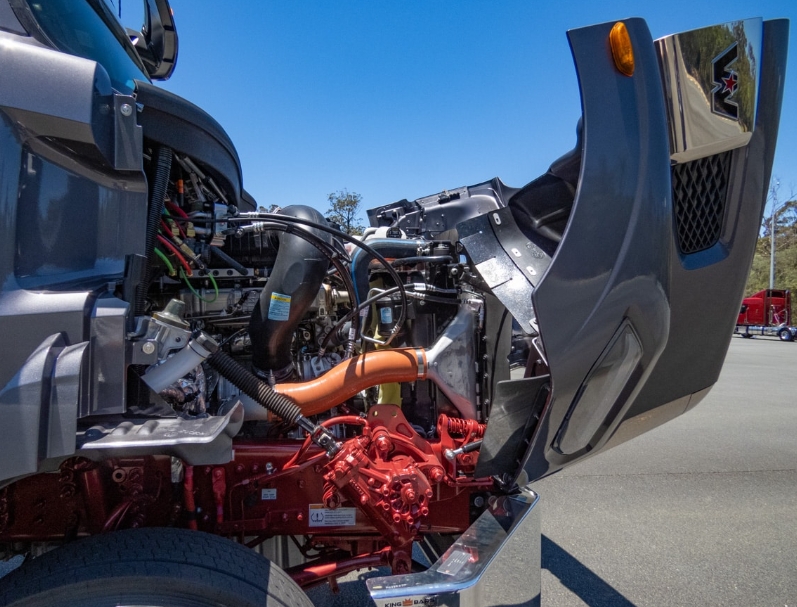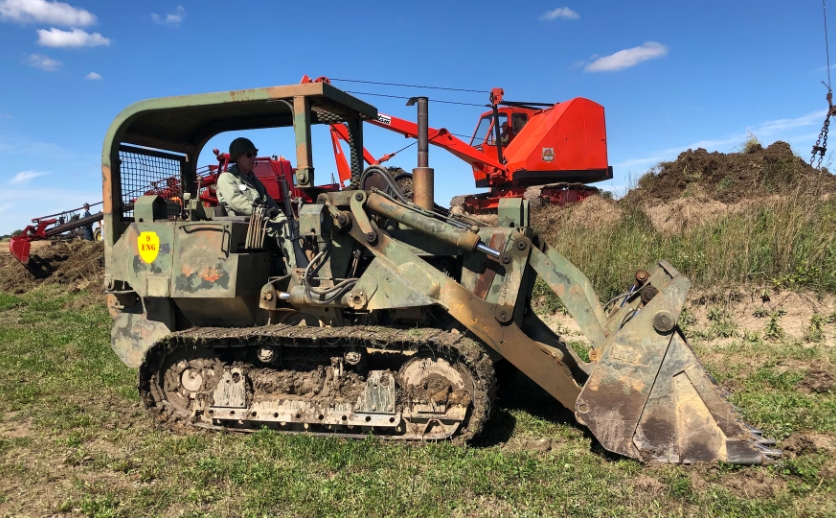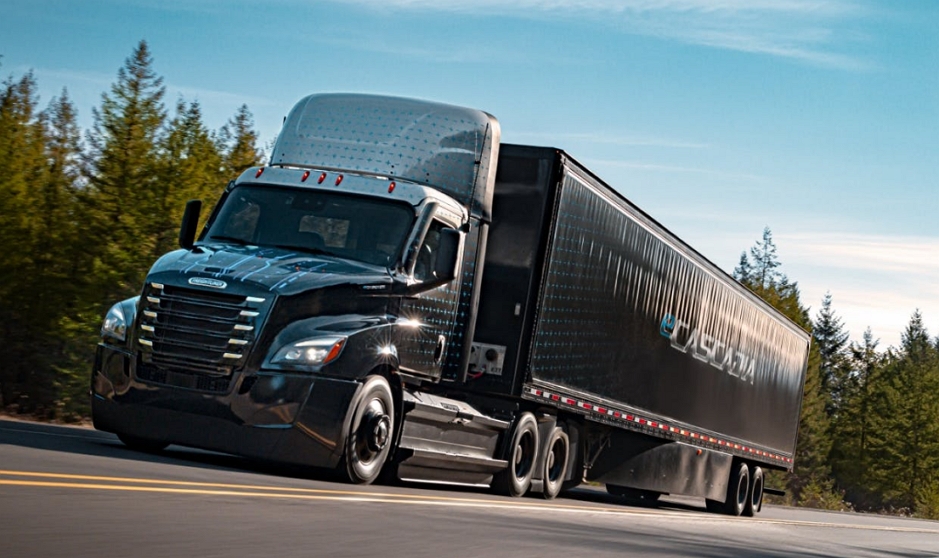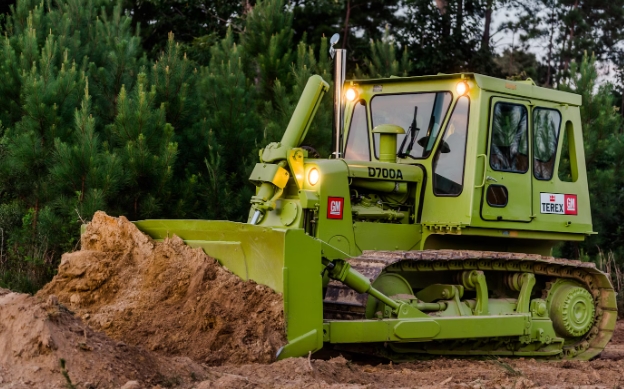
Reviving the Legends: The Restoration Journey of Special Equipment with Detroit Diesel Engines
The initial striking feature of Tim Davis’ Terex D700A dozer from the early 1980s is its vibrant lime green color, which catches the eye immediately. Another unexpected element is the distinctive sound emanating from its engine.
According to Davis, one aspect that some people viewed as a drawback in the Terex D700A dozer was its utilization of the older Detroit Diesel series 71 engine. While this engine was renowned for its reliability, it had a notable downside: it generated excessive noise. Consequently, operators were dissatisfied with the loudness of the engine.
Davis believes that the excessive noise generated by the 205-horsepower 6V-71T engine played a role in the comparatively lower sales of the Terex dozer when compared to other brands during that time. However, for Davis himself, who dedicated five years to meticulously restoring his Terex dozer, the distinctive sound produced by the engine is now seen as an endearing aspect and adds to the machine’s overall charm.
“I like them, to be honest with you,” he says. “They are loud.”
Moreover, after years of longing to locate one of these overlooked dozer models that have largely been relegated to scrap, the sound of the restored Terex D700A serves as a gratifying reminder. Being able to revive it to a pristine condition adds to the satisfaction of fulfilling a long-held desire.
Davis expresses: “The actual condition of the dozer turned out to be far worse than my initial estimation when I acquired it. As I delved deeper into the restoration process, I continually discovered additional issues and flaws that needed attention.”
“But,” he adds, “there is a scarcity of these machines, and not many individuals possess one. As a result, I take great pride in it now, considering the effort and dedication I have invested in its restoration.”
Davis’ earliest recollection of the lime green dozers dates back to the late 1970s, during his father’s ownership of a grading company located near Charlotte, North Carolina.
“When I was around 4 or 5 years old,” he reminisces, “I can vividly recall sitting in the back of a truck while visiting the job site and witnessing those dozers in action. I suppose it ignited a deep passion within me. Ever since that moment, I have held a strong affinity for them.”
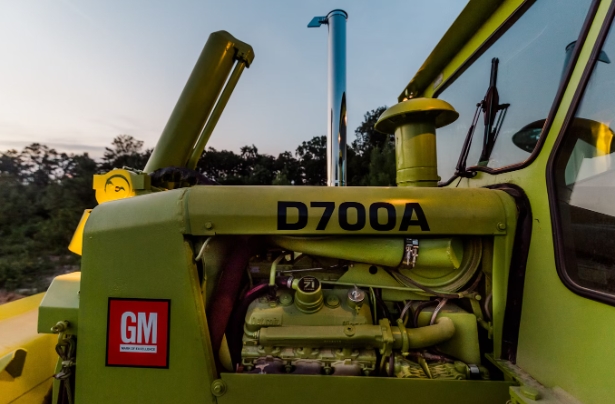
During that period, the dozers were part of the General Motors family, as the Terex Division was established under its umbrella in 1970. Davis’ father owned a 1978 B2-20B Terex dozer at the time.
In 1981, General Motors made the decision to sell the Terex line to a German company called IBH. As a result, the nomenclature of the B2-20B dozers was changed to D700A. Unfortunately, IBH faced financial difficulties and declared bankruptcy just two years later. Subsequently, General Motors regained ownership of Terex. Based on the later serial number of Davis’ model, which falls under the IBH period, he speculates that his dozer is likely a 1982 or 1983 model.
As Davis grew older, he gained experience operating various Terex equipment. After completing his schooling, he joined the workforce of prominent grading companies. Presently, he is employed by Hoopaugh, a respected grading and excavating contractor based in the Charlotte area.
According to Davis, the Terex dozers were remarkably advanced for their time, particularly in terms of operator comfort and ergonomics. He highlights that Terex was among the pioneers in placing the steering controls on the left-hand console, a standard feature found in most dozers today. Additionally, the operator’s compartment was thoughtfully designed to provide exceptional user-friendliness and ease of operation.
According to him, the Terex dozer was on par with the Cat D7G dozer from that era.
“In my viewpoint, it possesses considerably more power. It’s slightly more agile, maneuvering with greater speed, yet it shares a similar size.”
He highlights that Terex made the unconventional decision to position the radiator at the rear.
“During that period, they incorporated numerous innovative features that weren’t seen until later on with other manufacturers,” he remarks.
While acknowledging its loudness, he commends the Detroit engine, stating:
“The Detroit engine truly exhibits remarkable responsiveness and accelerates faster than many competing machines in its class.”
He further adds:
“Operating it is an incredibly smooth experience. The gear shifts, whether transitioning from lower to higher speeds or vice versa, are exceptionally seamless and fluid.”

The operator enjoyed excellent visibility on both sides of the blade while operating the Terex dozer. Moreover, these dozers boasted higher ground clearance in comparison to similar models of that era.
“In my opinion, they exhibited superior performance in wet conditions and soft soils,” he adds, emphasizing their capability to excel in challenging terrains.
All in all, he’s a big fan.
He expresses his enduring enthusiasm, stating:
“I’ve always had a fondness for them. I’ve been particularly drawn to General Motors products, such as Chevrolet trucks, Detroit Diesel engines, and Allison transmissions. Interestingly, most of these machines were outfitted with Detroit Diesel engines and Allison transmissions, which further intensified my affinity for them.”
When his father’s company faced challenging circumstances, they had to part ways with the Terex dozers and scrapers. However, in 1994, as they were recovering from the setback, an opportunity arose for him to acquire the very same D700A model that his son currently possesses.
The proprietor of the once-thriving L.B. Smith Co., an equipment dealership situated in Pennsylvania, made the decision to sell his personal Terex D700A. Subsequently, the dozer was transported to the dealership’s branch in Charlotte. Davis’ father contemplated purchasing it during that time.
Davis recalls:
“I have vivid memories of being around 18 years old when my father and I visited the dealership to examine the machine and discuss the potential purchase.” He continues, “During that period, the dozer was in impeccable condition. It had minimal hours of operation and was exceptionally well-maintained, appearing remarkably clean.”
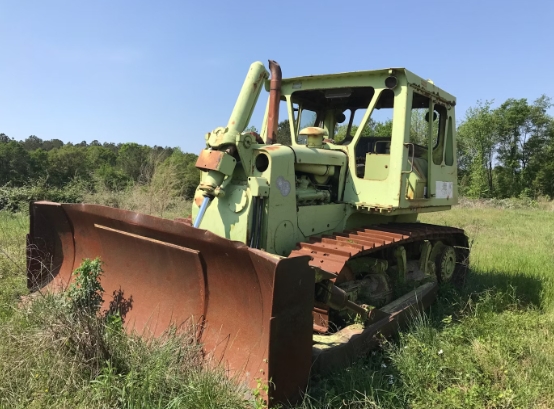
However, his father ultimately chose not to proceed with the purchase, and the dozer eventually found its way to a grading company located in nearby Lancaster, South Carolina. Throughout the years, Davis occasionally caught sight of the familiar green dozer at different job sites. As he grew older, he embarked on a quest to find one for himself, scouring online platforms and attending auctions. However, they proved to be elusive to come by. When he did come across one, either the asking price was exorbitant or the location was too distant to consider.
“They are incredibly scarce,” he remarks. “Not many of them were manufactured, and during the recession of ’08, a significant number of these machines were unfortunately scrapped.”
Eventually, the grading company sold the Terex dozer to a nearby farmer. However, in 2017, Davis finally had a stroke of luck.
“By sheer coincidence, I crossed paths with an individual who was acquainted with the farmer possessing the dozer, and this person was aware of my interest,” Davis recounts. “He graciously introduced me to the dozer’s owner.”
The condition of the dozer that Davis encountered was significantly worse than it had been in 1994. It had endured extensive use in land clearing operations and stump extraction.
“They had subjected the machine to considerable abuse and neglected its maintenance,” he remarks.
However, Davis only discovered the true extent of its poor condition later on. Over the course of the following five years, he dedicated his spare time to working on the dozer. Although it was still operational, it was far from optimal. It presented numerous issues and complications.
“When I initially acquired it, all the window glass in the cab was shattered. The interior of the cab was in disarray, with lights and various components dislodged,” he recounts.
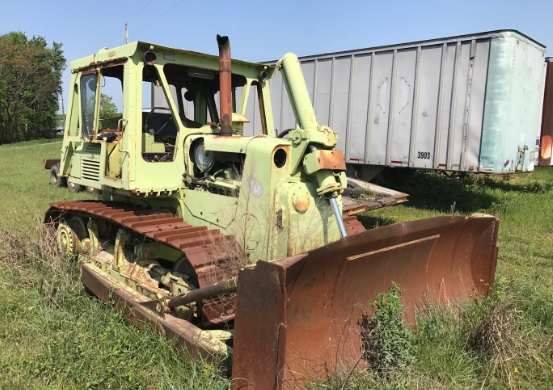
The paint exhibited numerous scratches and marks, while the undercarriage showed signs of extensive wear. Numerous broken bolts had to be carefully extracted, rethreaded, and substituted. Davis undertook the task of rebuilding the engine and hydraulic cylinders, in addition to replacing the radiator and all the hoses.
“I practically went through every component of the dozer, with the exception of the transmission and the final drives,” he remarks.
Tracking down certain parts proved to be an arduous task, as some were exceedingly rare or even nonexistent.
“I had to exhaustively search for some of the parts I required, exploring various sources and locations,” he adds.
Fortune smiled upon him when he stumbled upon an individual in Cleveland who had previously operated a fleet of Terex equipment. Determined, Davis embarked on a journey from Charlotte to Ohio, loading his pickup truck with the much-needed parts. However, there were instances where his search led to dead ends, despite painstakingly scouring salvage yards.
To address the undercarriage issue, he had no choice but to approach a machine shop to fabricate the required components.
“I exhausted all possible avenues in my quest for replacement parts,” he admits, acknowledging the challenges he faced in finding the specific components he needed.
There were moments when he questioned whether the endeavor was truly worthwhile. Whenever a new issue arose, he found himself delving into research and embarking on a relentless search for a solution. Moreover, the restoration project proved to be financially demanding.
“There were instances where I thought to myself, ‘Gosh, I’ll never be able to complete this project,'” he reminisces. “There were challenging moments that tested my determination to keep pushing forward.”
After an arduous five-year journey, the restoration work is finally complete, with only a few minor issues remaining to be addressed. The transformation that has taken place is truly astonishing.
“I am filled with immense pride,” he declares. “I invested a substantial amount of time and effort into this project.”
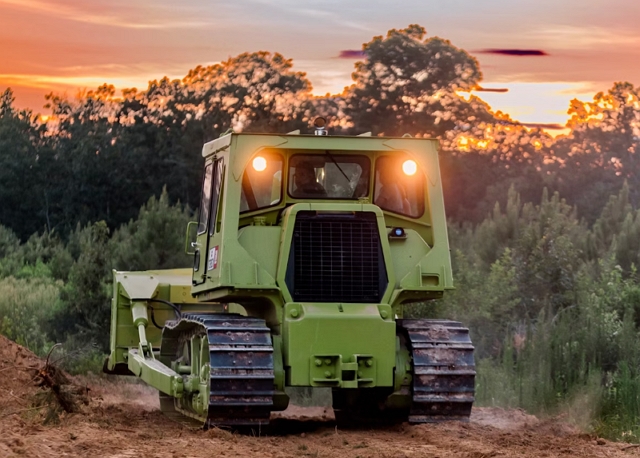
His father, who also actively participated in the restoration process alongside Davis’ brother, is equally delighted with the outcome.
“Both of them derive immense joy from witnessing the finished result,” he shares.
In fact, his father has even had the opportunity to operate the dozer since its restoration, adding to the sense of satisfaction and accomplishment.
“He’s genuinely thrilled with the final outcome,” Davis reveals. “Witnessing the dozer’s remarkable transformation, from its initial state to its current near-new condition, brought him immense pride.”
Davis himself rightfully takes pride in the accomplishments.
“I persevered and never gave up,” he affirms. “I hold an immense sense of pride in the dozer, and I enjoy showcasing it to others and engaging in discussions about its restoration.”
